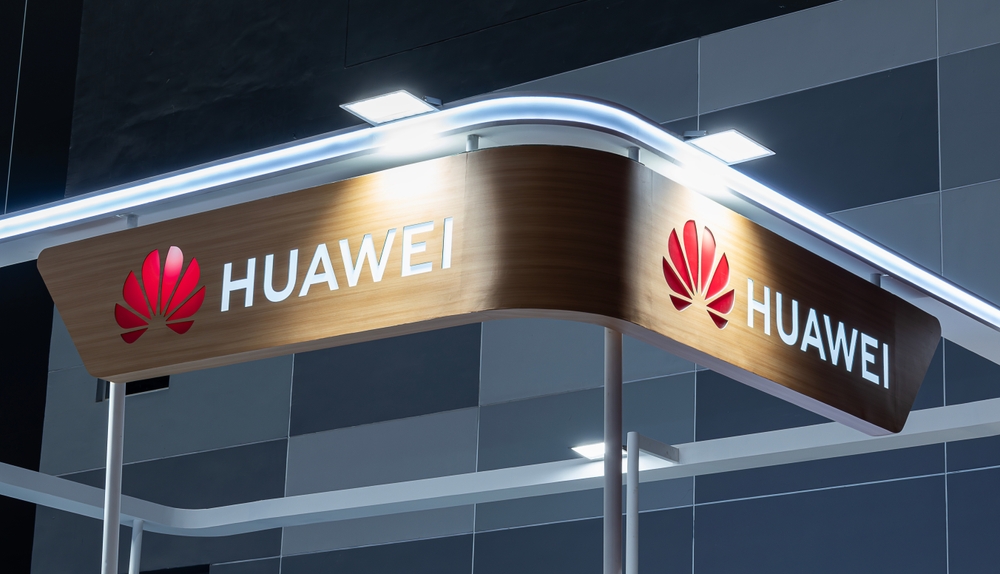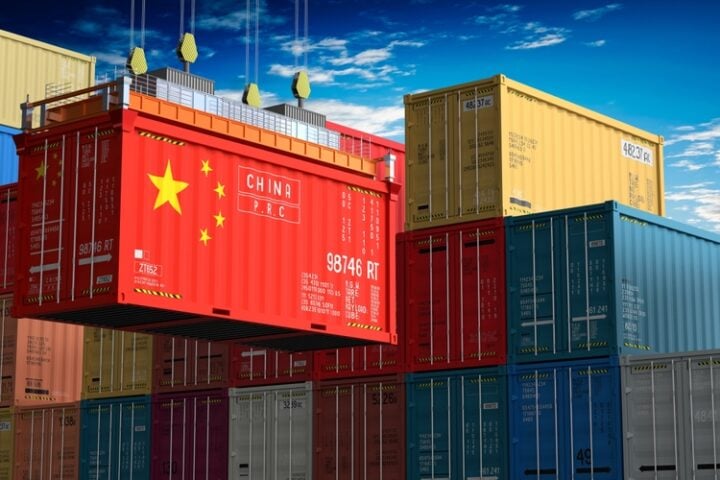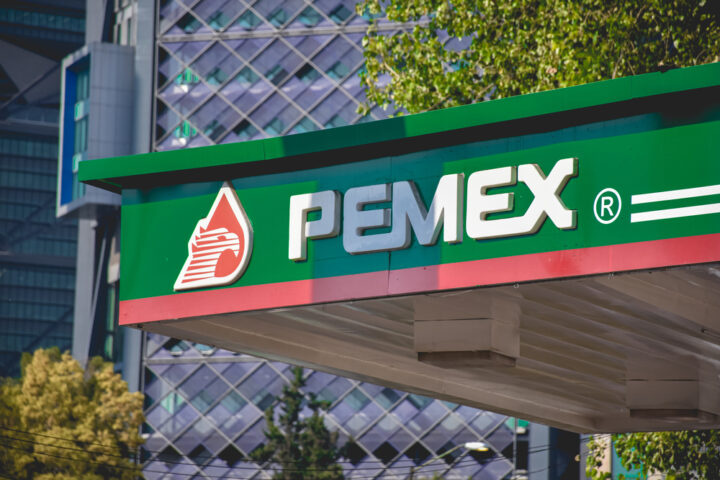Huawei’s push to dominate the AI chip market has faltered as the company struggles to obtain EUV (Extreme Ultraviolet) lithography equipment from ASML. This limitation has left its Ascend AI chips stuck at the 7nm process node, a significant disadvantage compared to competitors like Nvidia, according to a Bloomberg report.
The Impact of 7nm Technology on Huawei’s Progress
The 7nm process node, pioneered by TSMC in 2018, has become outdated as companies like TSMC prepare to introduce 2nm-class technology. Huawei’s Ascend 910C AI chips, produced using SMIC’s older 7nm capabilities, face challenges in terms of efficiency and performance. Manufacturing at sub-7nm levels requires EUV technology, which China cannot access due to international sanctions.
Manufacturing Challenges with Outdated Nodes
Without EUV, SMIC and other Chinese chipmakers must rely on techniques like quadruple patterning, which are resource-intensive and result in poor yields. Reports suggest Huawei’s flagship Ascend chips will remain on 7nm technology until at least 2026, further widening the technological gap with global competitors.
Implications for Huawei’s Smartphone Lineup
The sanctions also impact Huawei’s Kirin chips, used in its Mate smartphone lineup. While competing with Qualcomm and MediaTek, Huawei’s inability to move beyond 7nm technology limits its competitiveness in the smartphone market.
SMIC’s Production Struggles
SMIC, China’s leading chip manufacturer, is reportedly struggling to meet the growing demand for its 7nm-class wafers. This adds another layer of difficulty for Huawei, which relies on SMIC for production. Despite government incentives to bolster the semiconductor industry, these limitations hinder China’s ambitions to compete globally.
Global Semiconductor Rivalries Intensify
China is not alone in its aspirations for semiconductor dominance. Japan is preparing to invest $65 billion to revive its chip industry, intensifying global competition. Meanwhile, Huawei has been recruiting TSMC employees by offering significantly higher salaries, signaling its determination to bridge the technological gap.
EUV Technology: The Key to China’s Semiconductor Future
China’s inability to access EUV technology remains a significant roadblock. Overcoming this barrier is essential for Huawei and other Chinese chip designers to remain competitive on the global stage. Until then, Huawei’s reliance on outdated manufacturing techniques and strained production capabilities will continue to limit its progress.







